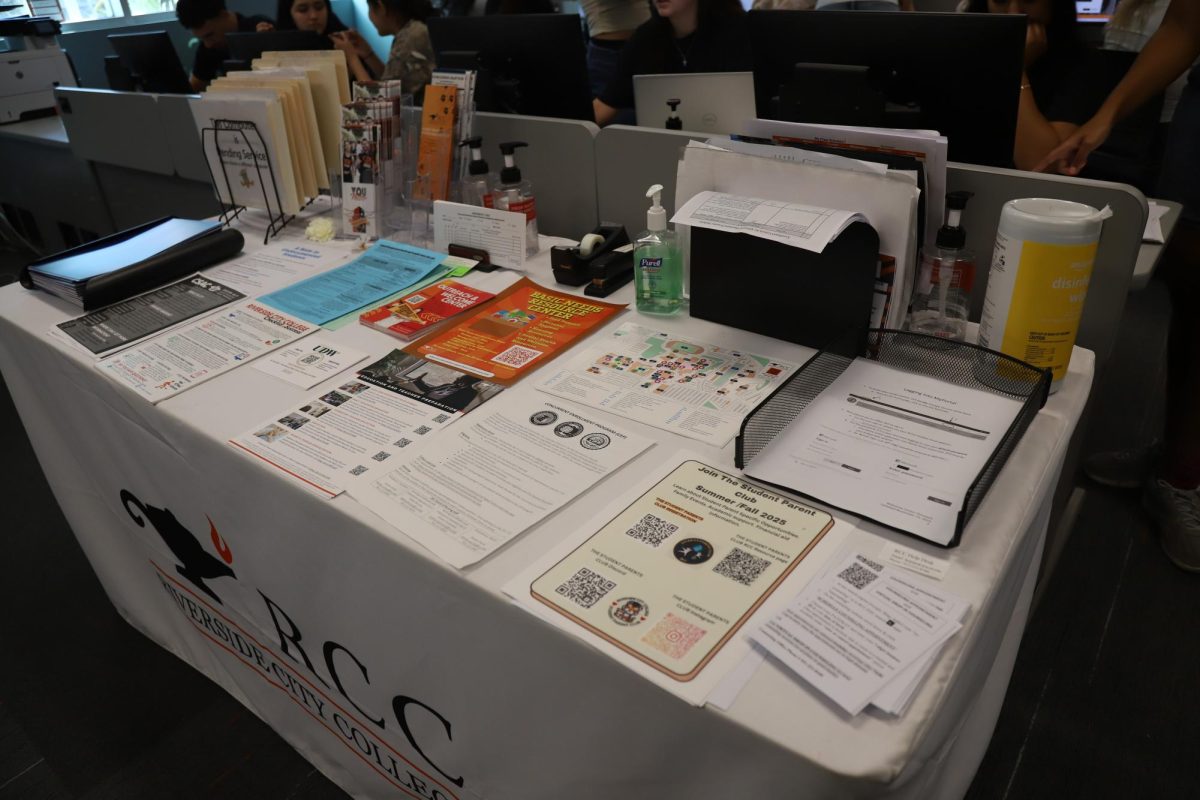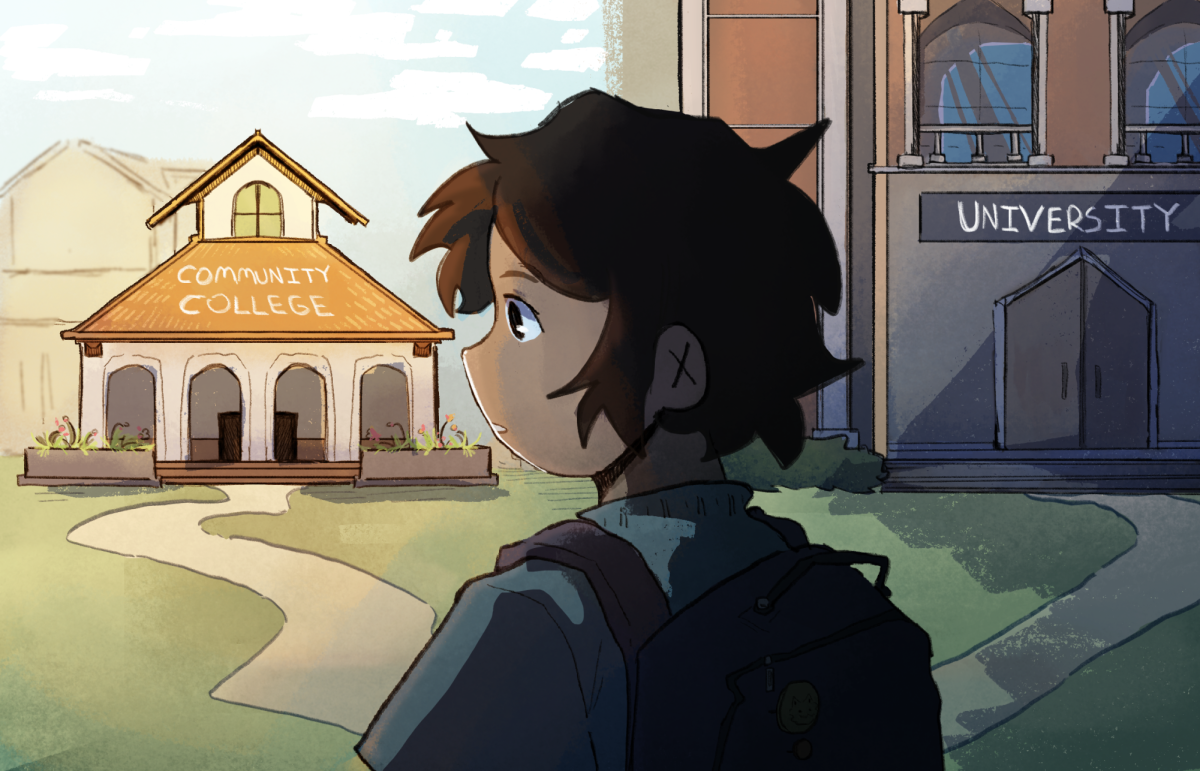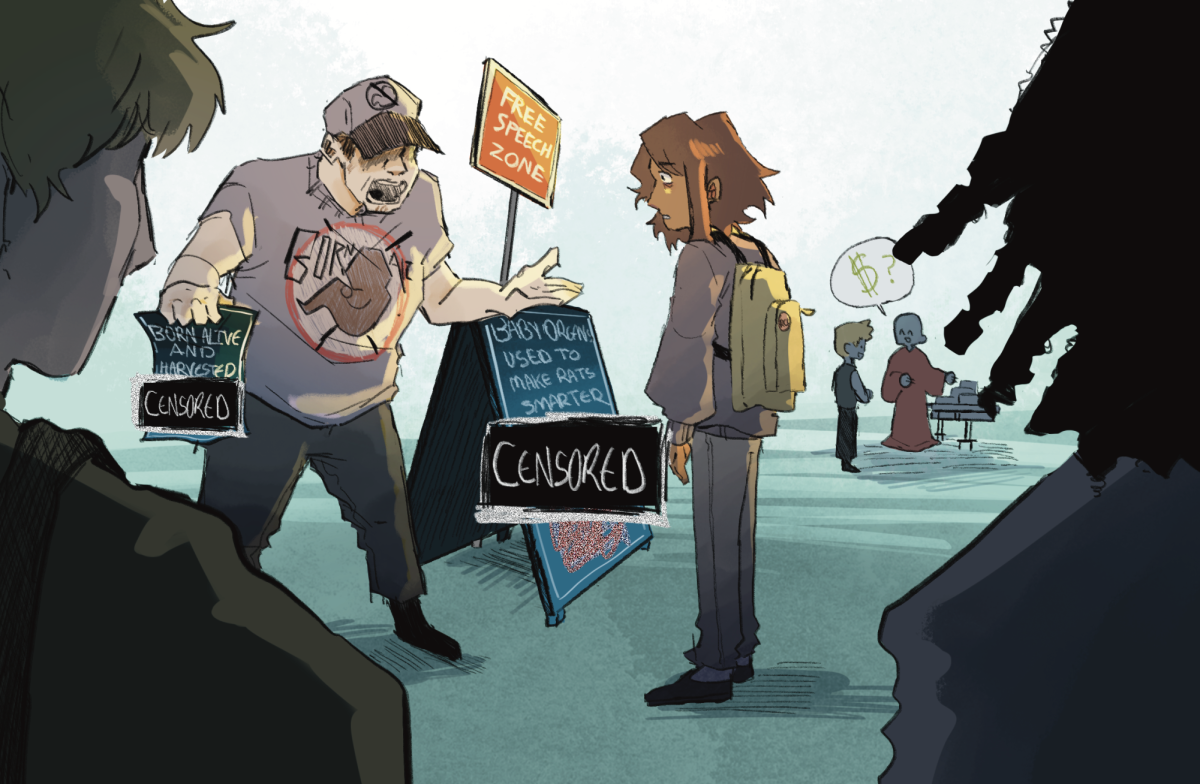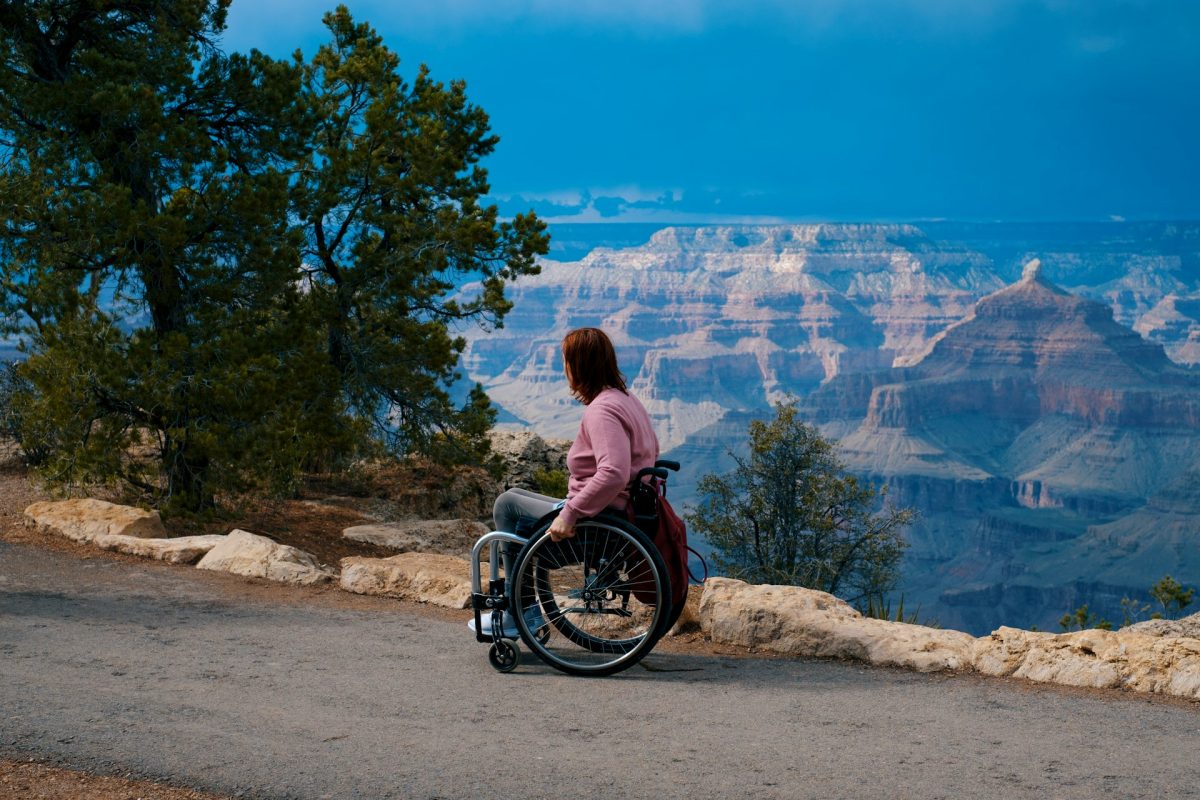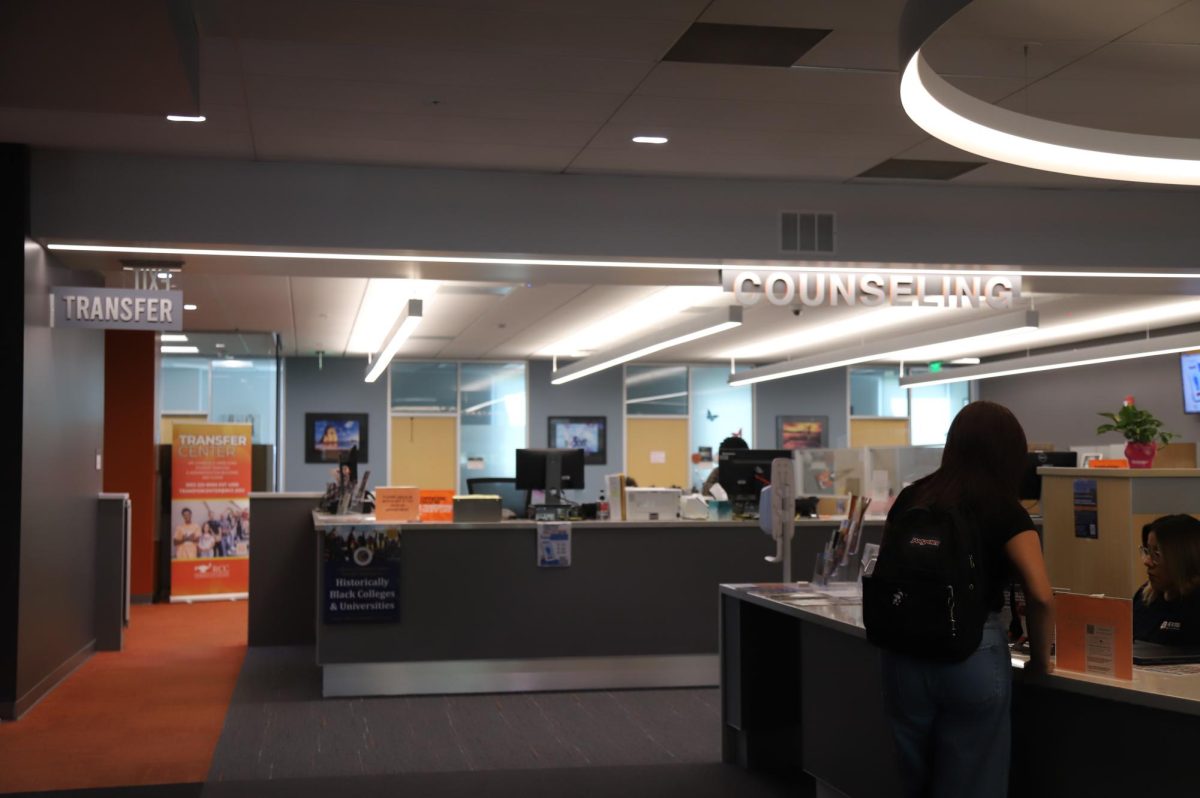As students of Riverside City College, it is time we evaluate our emergency alert situation.
Students use their phones often and common sense tells us that you would want to reach your audience where a majority of them are at, along with other outlets following shortly after.
Parents send their children to school assuming they will be safe and students of all ages assume when they go to school, they will be safe.
How would you feel as a parent or student knowing the place you go to daily does not have a way to communicate?
An example of this situation involved three Rancho Cucamonga area high schools, in which students from three different schools learned on April 19, which was a Sunday, that their respective schools were being threatened with a possible shooting the following day when they returned from school.
Many students learned the news from social media or from a mass text, not a text alert, that was being passed around from student to student.
One of the high schools sent a phone call that night for students, and a second left a tweet on twitter and called in the morning.
The first school that responded to the threat posted on Twitter, but that tweet still did not ease the students’ or parents’ worries.
Many thought more details were needed as they felt left in the dark for the second time following a different incident in which someone walked onto the campus and into a classroom in which he announced he was going to take his own life, according to students at the school.
While police chief Jim Miyashiro has stated that there is a new mass alert system, we can only hope this switch will provide more notifications that are pushed in a timely matter.
“We have a few different ways (of notifying the students),” Miyashiro stated. “One is if we hear a rumor (of a school shooting threat) we would do a notification.”
According to Miyashiro, the new system allows the police to send out emails, text messages and make public announcements around campus using the PA system. He also said system alerts are tied in to the Marquee located in front of the Martin Luther King Building.
According to a story written in the March 13, 2014 issue of Viewpoints, the system was revamped and improved in Jan. 2014.
The article stated that a test reached roughly 20,000 people with a 99.5 percent success according to Sherry Stone, safety and emergency planning coordinator.
The RCCD website states that the system will be tested four times a year, but according to members of the Viewpoints staff, a test alert cannot be recalled for this year.
In the past, students were able to sign up for the alert service, but with the new system in place, the policy has changed.
RCC students are automatically signed up and have the option to waive the service through WebAdvisor if they do not want mobile alerts.
With a new system in place the only questions remaining are how often will the text alerts be sent and how in-depth will the text alerts be.
Members of the Viewpoints staff slightly recall getting a text message during a rainstorm that caused havoc throughout the campus Aug. 20. The flood cost RCC thousands of dollars in damage.
While students previously had the opportunity to not opt into receiving alerts, the new alert system automatically signs everyone up for the alerts but gives the option to opt-out.
While we may be opted-in to the system automatically that does not mean that the entire RCC community is aware that the service is offered and whether it works.
lt would not be wise to wait until an emergency situation to find out if the text notifications actually work. A test alert once a month would be the best way for more students to be aware of the system and to know that it will actually work in an emergency.
At other colleges such as Cerritos College, where one of our staff members attended prior to RCC, text notifications were sent when a variety of incidents happened that the campus should be fully aware of.
There have been a number of incidents on the RCC campus that students should have been made aware of with notifications. One recent incident in which notifications would have helped the student body was the reporting of a suspicious male in the women’s restroom.
We do understand that RCC does post information on the campus website and through email however, most students do not check their RCC email accounts daily or the campus website. This could leave them unaware of an emergency situations and may put them at risk on campus.
We can only hope that if a situation does arise for something as serious as a lockdown, or school shooting, the text notification is sent rather quickly to alert us.
It is understandable for schools to not want to put out any information until they have all the facts and believe it is safe to make it public, but the concerns of the students need to also be met so they can feel safe while they are at school or before they are expected to return to school.


